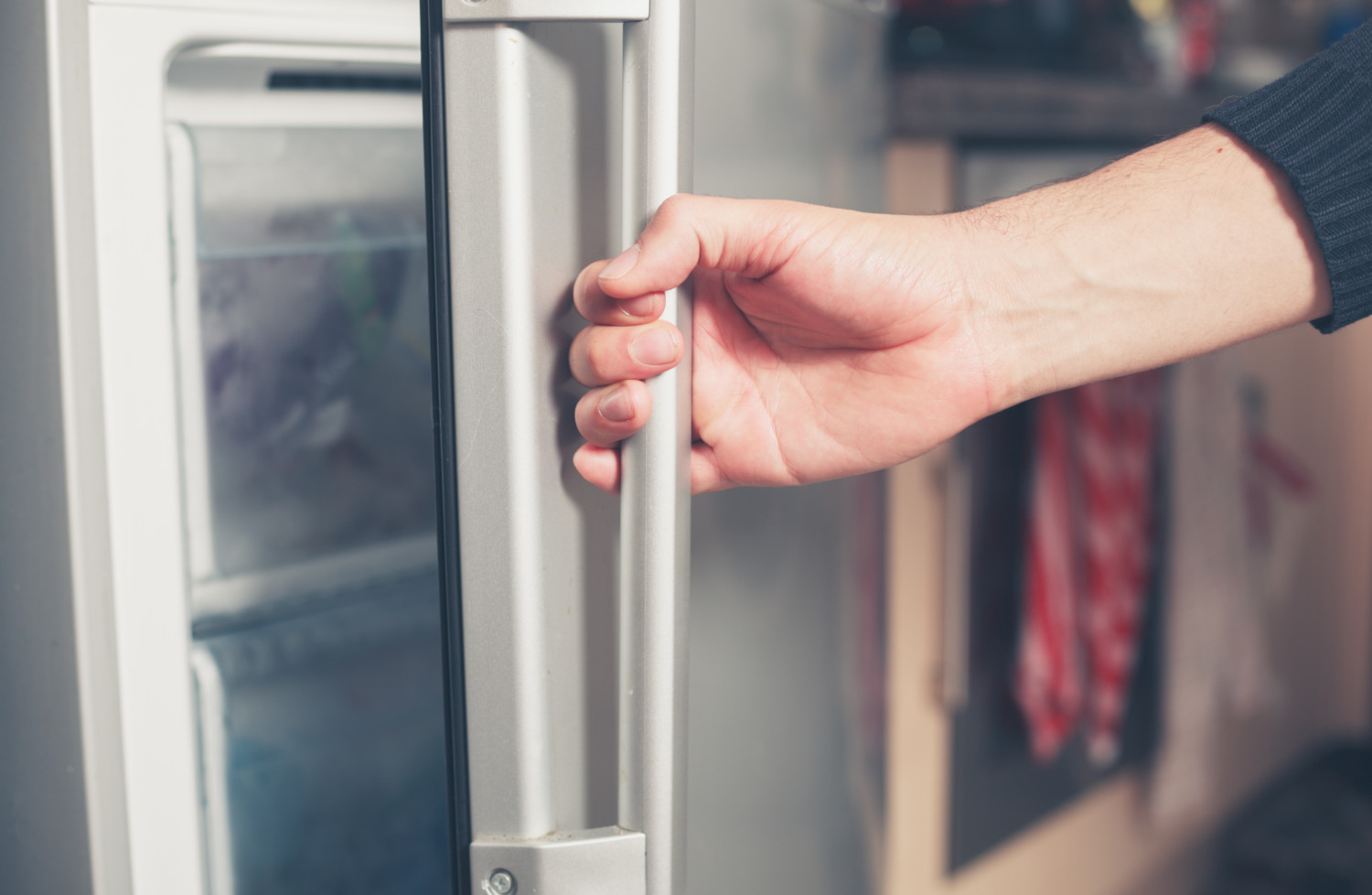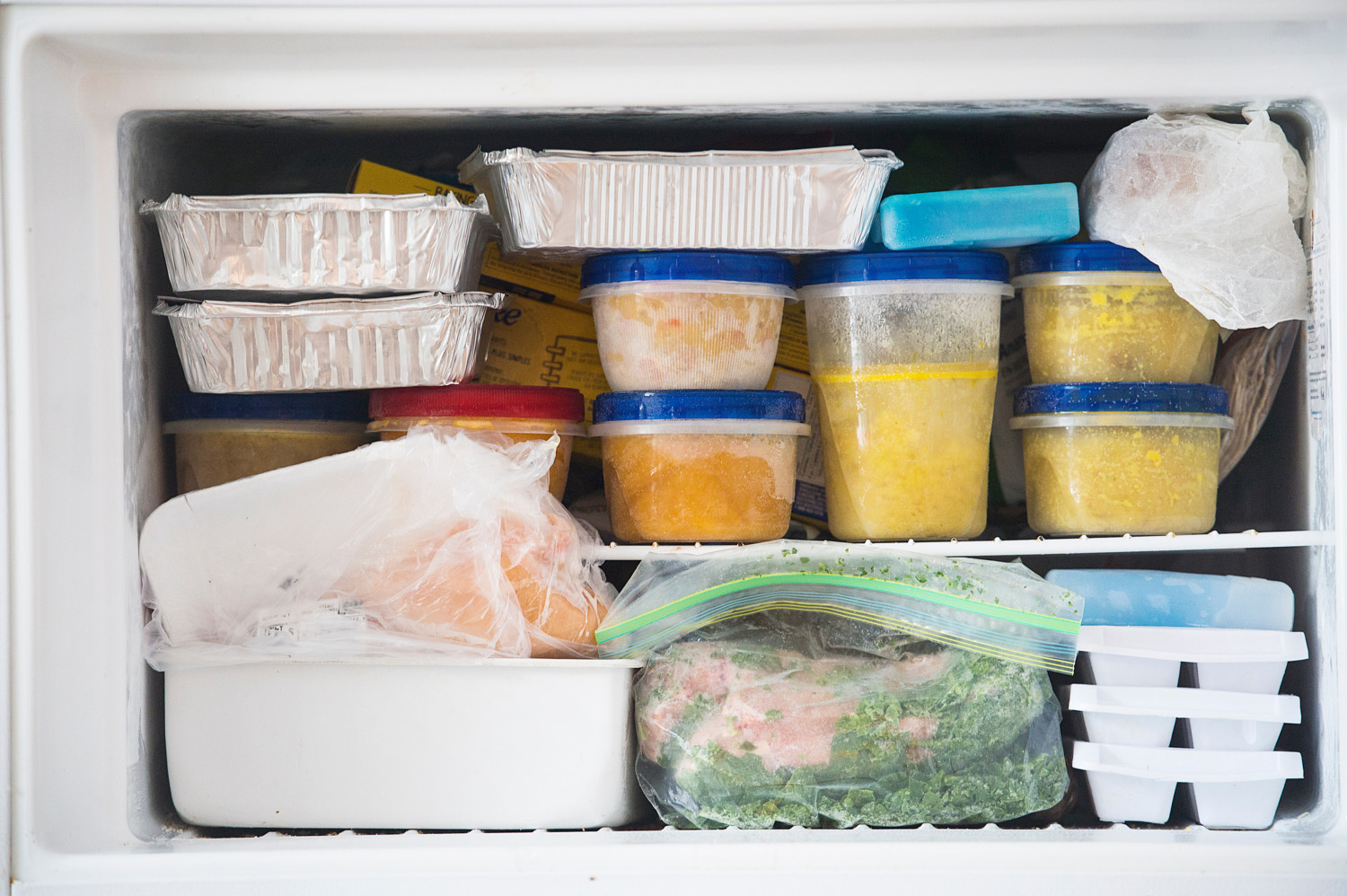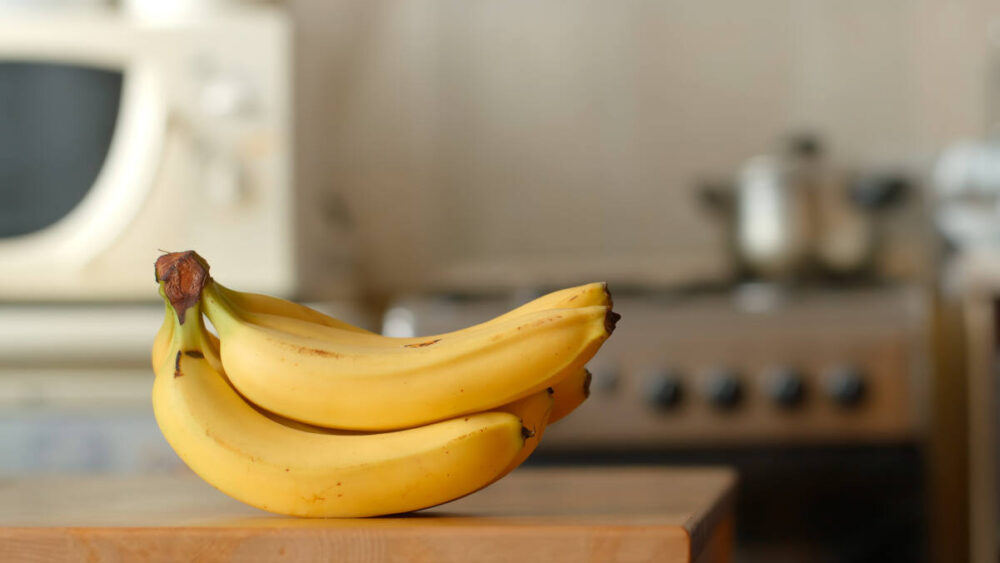What is freezer burn, and how can you prevent it?

You open your freezer and pull out a pint of ice cream, pop the top and then see the sweet goodness you are dying to dig into is covered in ice crystals. Do you just scrape off the top layer and go to town or toss the whole thing in the trash? Freezer burn is a real buzzkill.
While this layer of frost can affect the flavor of foods it touches, the U.S. Department of Agriculture says it doesn’t make food unsafe. It merely causes dry spots. You can work around it by cutting these portions off, but heavily freezer-burned foods may have lost their quality and need to be tossed. But you can at least rest assured that it won’t cause food-borne illnesses.
So, what is freezer burn anyway? If you’ve always wondered about this unfortunate fact of food storage, read on.
What Is Freezer Burn and How You Can Prevent It
Freezer burn is a process called sublimation. When moisture releases through the food’s surface, the food becomes dehydrated, causing ice crystals and discoloration. It’s similar to the process of evaporation but without the liquid aspect. It can happen to anything you chill, even items kept inside your refrigerator!
It’s most common with foods with a high water content, like fruits, veggies and meats. Luckily, freezer burn is easy to spot. Most foods will look different than before you froze them, oftentimes shrinking. Some items, like chicken and fish, may look pinker with bright white areas throughout while pork and beef may turn brown.
Storage time is a key culprit of freezer burn, so don’t let food overstay its welcome in the freezer. The longer foods are stored in the freezer, the more likely they’ll develop freezer burn. Also, be mindful of changing temperatures, as the more you open the freezer door, the more cold air will escape. As the warm air swoops in, it triggers frozen foods to lose moisture, dry and discolor.
Handy Tips for Avoiding Freezer Burn
Store food properly. Keep your freezer well below 32 degrees Fahrenheit, preferably closer to 0 degrees, to stunt the sublimation process. It’s recommended to refrigerate items before freezing them, especially hot foods but even those at room temp. You don’t want those warm items heating up other items in your freezer.
Another tried-and-true tactic is to dip ingredients in water before freezing them, a practice widely used by fishermen that provides an added layer of protection. Dunk slices of fish or meat in cold water, wrap them well and place them in the freezer. The thin layer of moisture will evaporate first, instead of the moisture inside the food. Storing items in vacuum-sealed freezer bags or airtight storage containers and wrapping food tightly in plastic wrap or tin foil will help.
Understanding what is freezer burn and how to prevent it will help you reduce the risk you’ll get it by storing your food properly and setting your freezer to the right temperature. If you still want to eat food affected by freezer burn, like that pint of double chocolate chip fudge that’s been calling your name, you can. Simply trim the affected areas and consume the rest.








